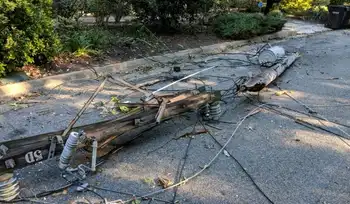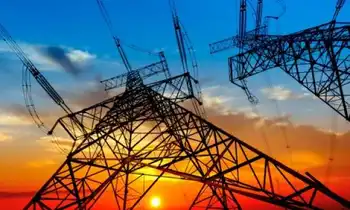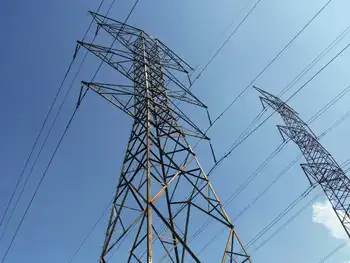Space station gets power upgrade after spacewalk
HOUSTON, TEXAS - Two astronauts slipped outside the International Space Station for a high-flying construction job to double the power available aboard the orbital outpost.
The installation of a 45-foot (14-meter) structural truss, which contains a new pair of power-producing solar panels, took less time than planned, leaving six-time spacewalker Joe Tanner and his rookie partner Heidemarie Stefanyshyn-Piper with more than an hour to spare for extra jobs.
Before the pair left the station's airlock, Canadian astronaut Steve MacLean used the station's robotic crane to lower the 35,000-pound (16 metric tons) girder into place on the complex's port side.
Automated bolts locked the $372 million addition into place, ending the nearly four-year hiatus in station construction that followed the 2003 Columbia accident.
Shuttle Atlantis and its six-member crew arrived at the station recently for a week-long stay.
"Let's get this show going," Tanner said, preparing to leave the station's airlock.
"OK. I'm out of the hatch," Stefanyshyn-Piper replied. "Oh wow, Earth's pretty."
The astronauts had a long list of tasks to bring the truss segment to life. Before its power can be tapped by the station, it needs to be able to draw power generated by the existing pair of arrays to maintain proper temperature in the extreme heat and cold of space.
Tanner and Stefanyshyn-Piper hooked up 17 cables and lines for power, data and cooling, and removed dozens of bolts, thermal covers and other items that had been installed to protect the arrays during launch.
They finished with ample time to spare and started working on tasks scheduled for a second spacewalk by astronauts MacLean and Dan Burbank. They are scheduled to work on a rotary joint that will automatically position the solar arrays to face the sun.
Tanner was caught off-guard by a spring-loaded bolt that popped out and flew away before he had a chance to grab it.
"It could have gone right over Heidi's head but she would not have known to look up and it was dark anyway," Tanner told flight controllers who wanted to know which direction the bolt, along with a washer and spring, was moving. Even small items pose a danger to the shuttle and station if they hit the structure with enough force.
"I suspect it might happen again folks, so wow, I don't know what to say," Tanner said.
The new arrays will be unfolded out to their full 240-foot (73-meter) length September 14. NASA plans to install two more sets of arrays before the station is complete in 2010.
Tanner and Stefanyshyn-Piper returned to the airlock about 11:35 a.m. EDT (1535 GMT), wrapping up the first of three spacewalks planned during Atlantis' flight. They will return to work outside the station for the final spacewalk September 15.
"Joe and Heidi, you did a phenomenal job and set the bar very high for the rest of assembly," astronaut Pam Melroy, from Mission Control in Houston, told the spacewalkers after they were safely back in the station's airlock.
Related News

4 ways the energy crisis hits U.S. electricity, gas, EVs
WASHINGTON - A global energy crunch is creating pain for people struggling to fill their tanks and heat their homes, as well as roiling the utility industry’s plans to change its mix of generation and complicating the Biden administration’s plans to tackle climate change.
The ripple effects of a surge in natural gas prices include a spike in coal use and emissions that counter clean energy targets. High fossil fuel prices also are translating into high prices and a supply crunch for key minerals like silicon used in clean energy projects. On a call with investors yesterday, a Tesla Inc. executive…




